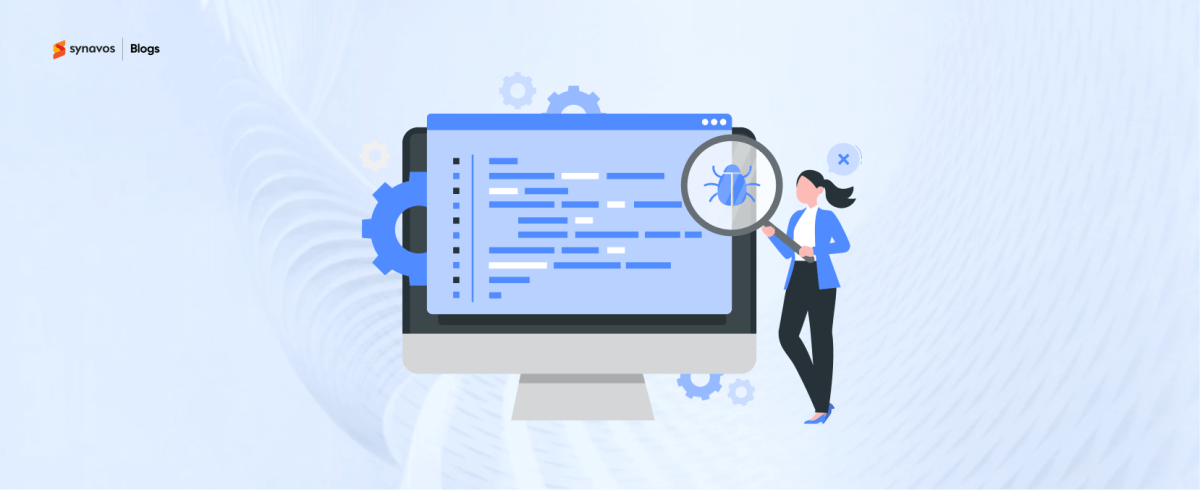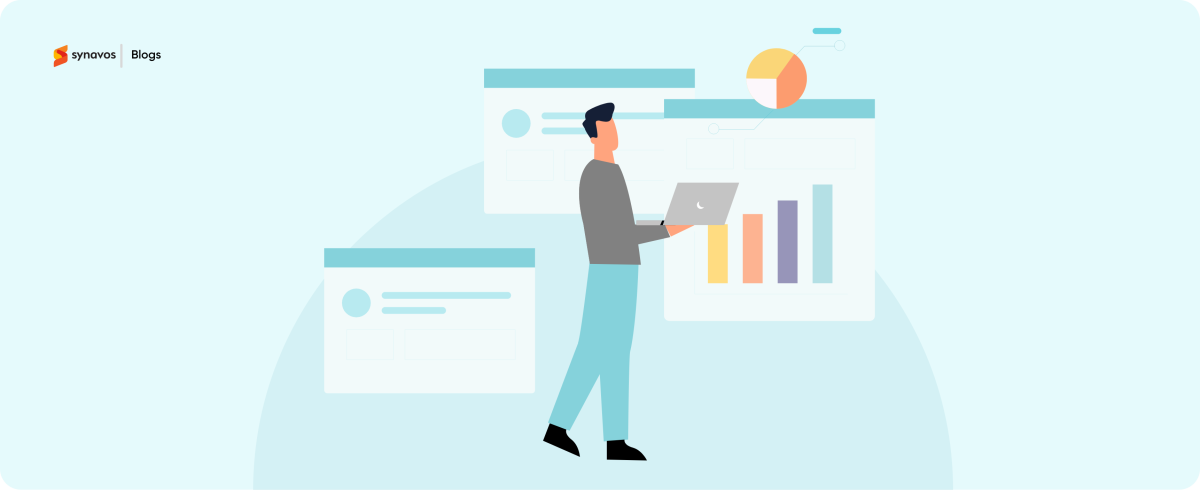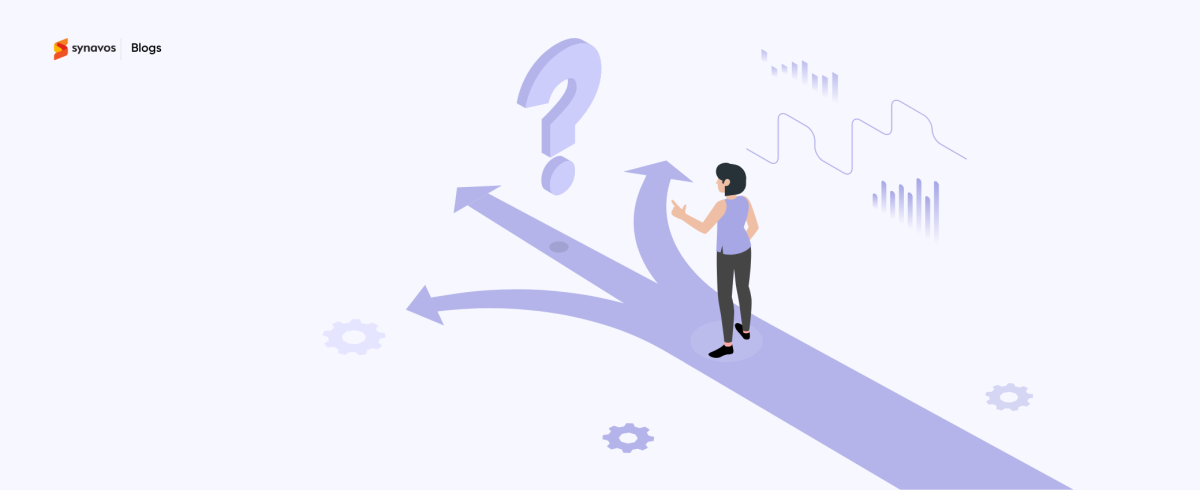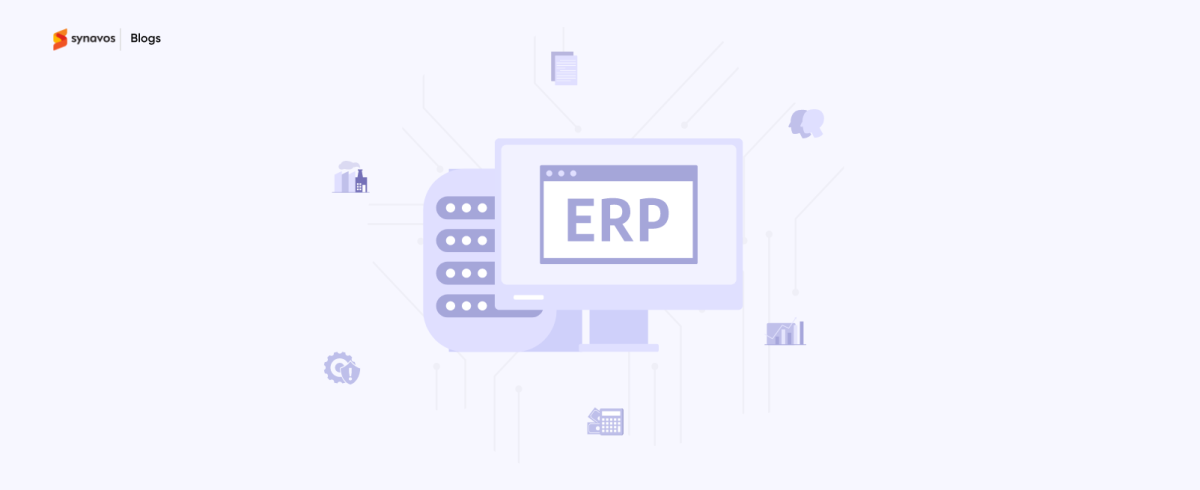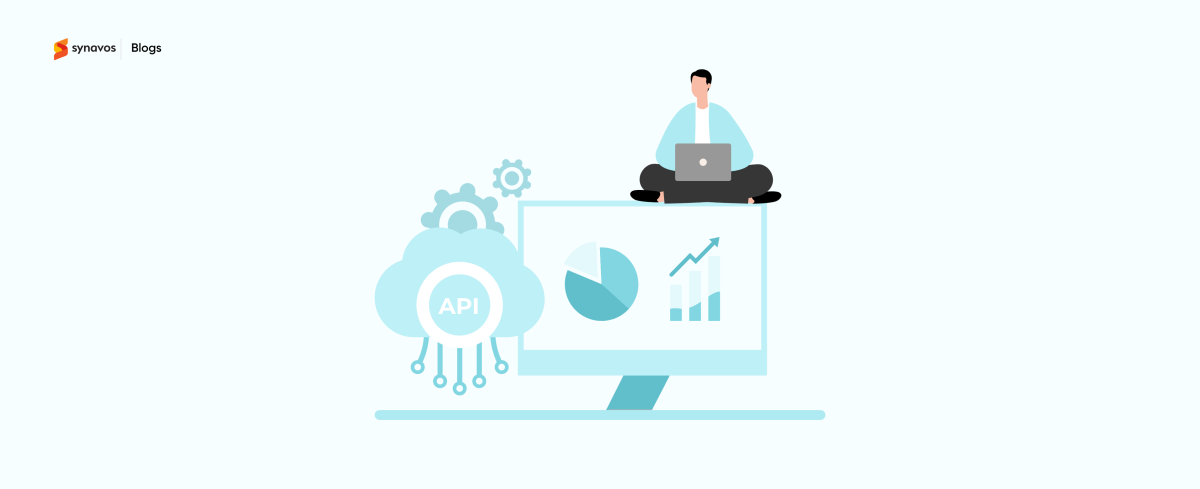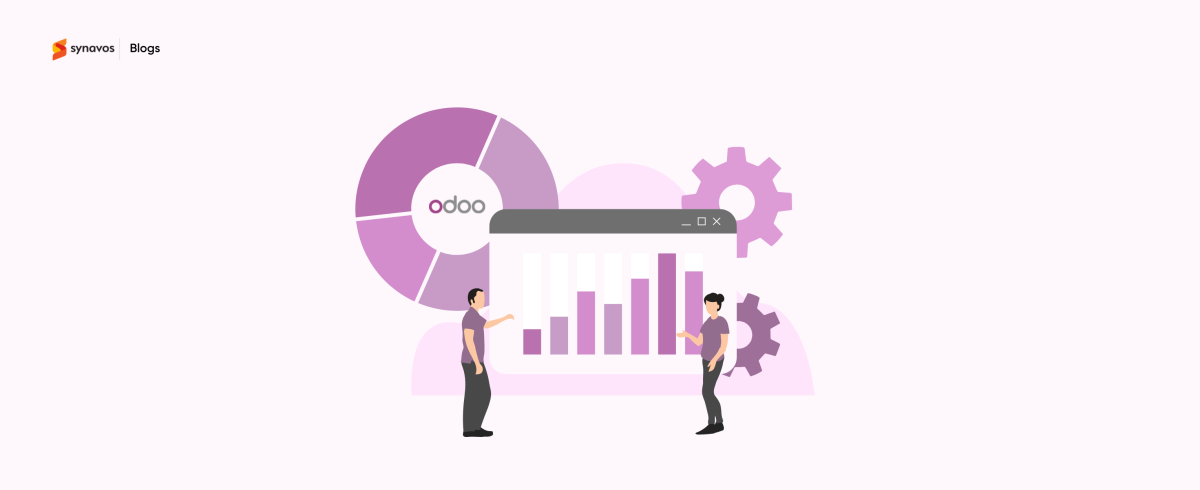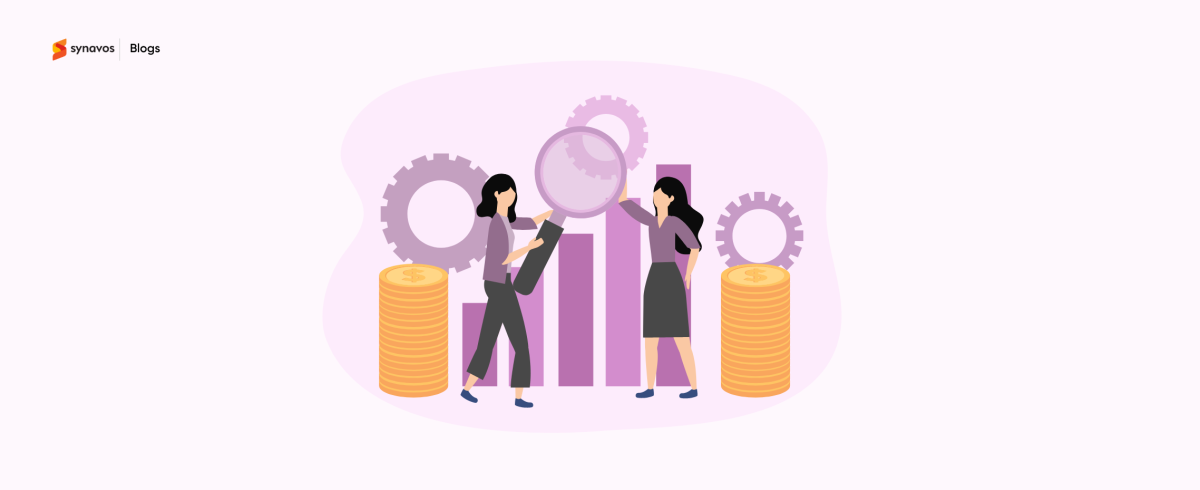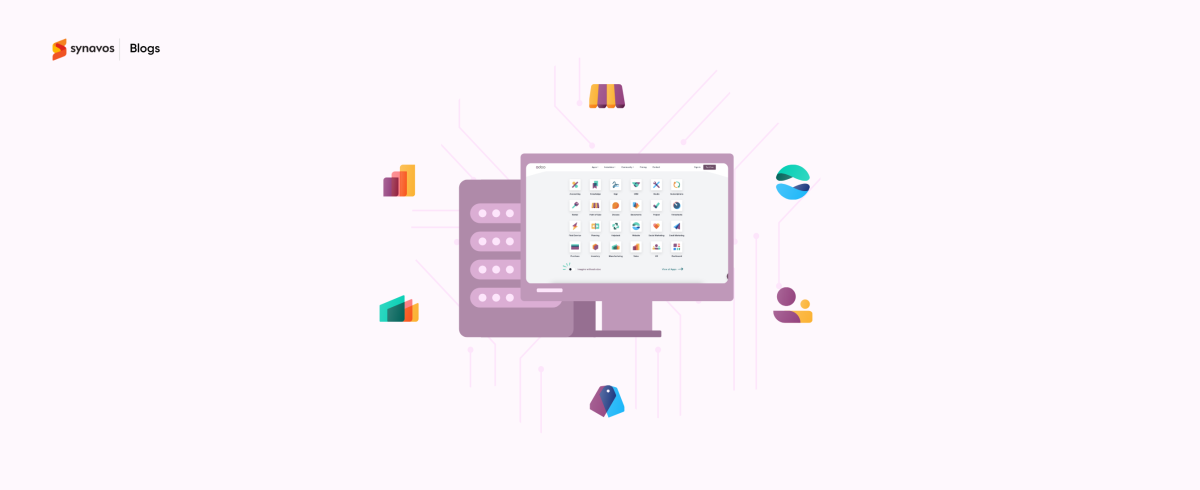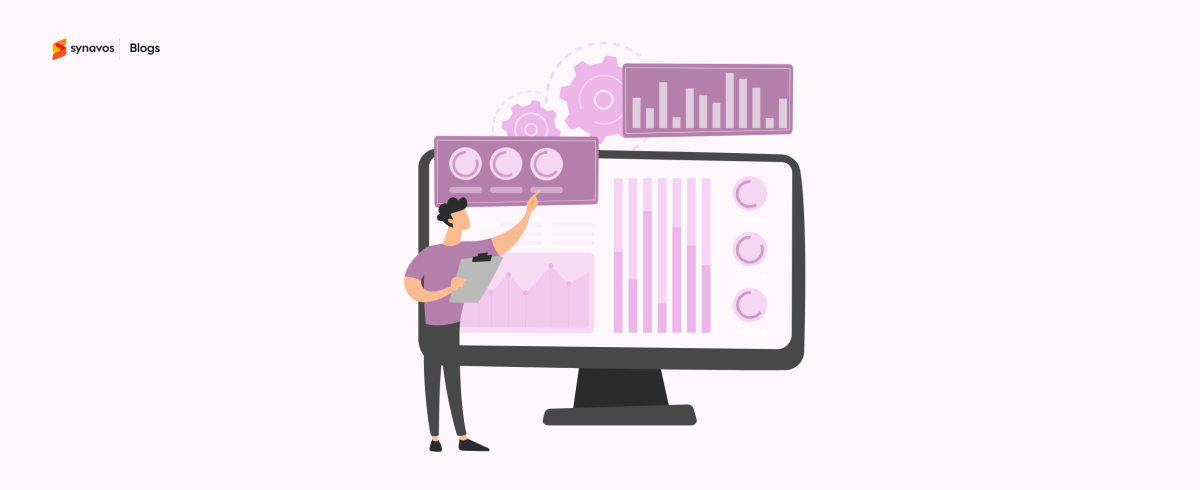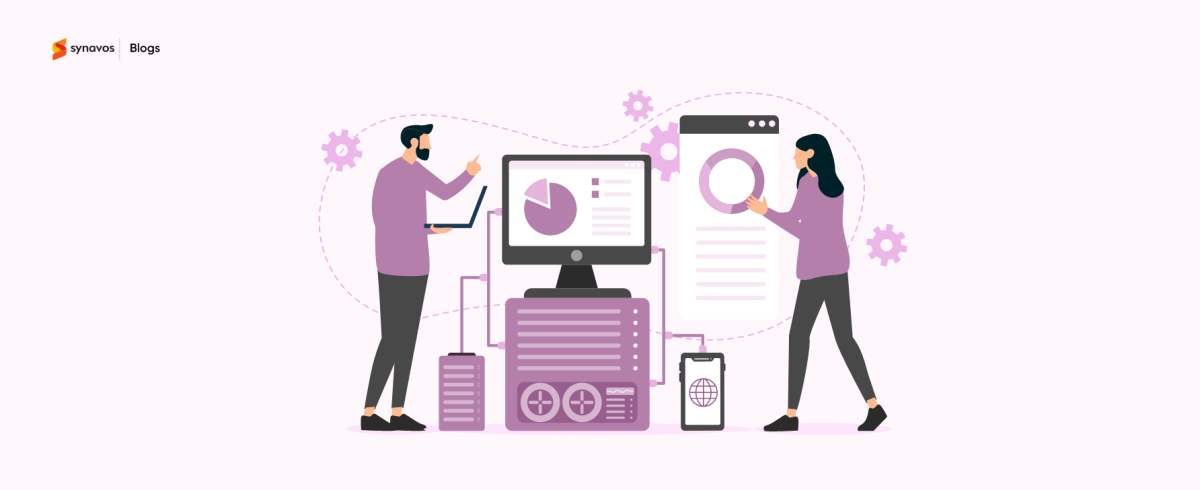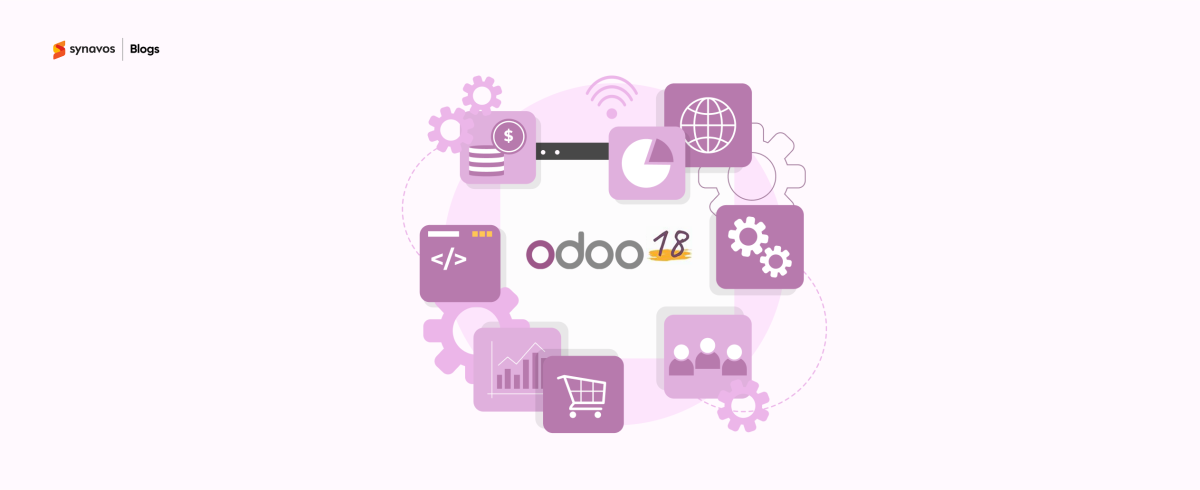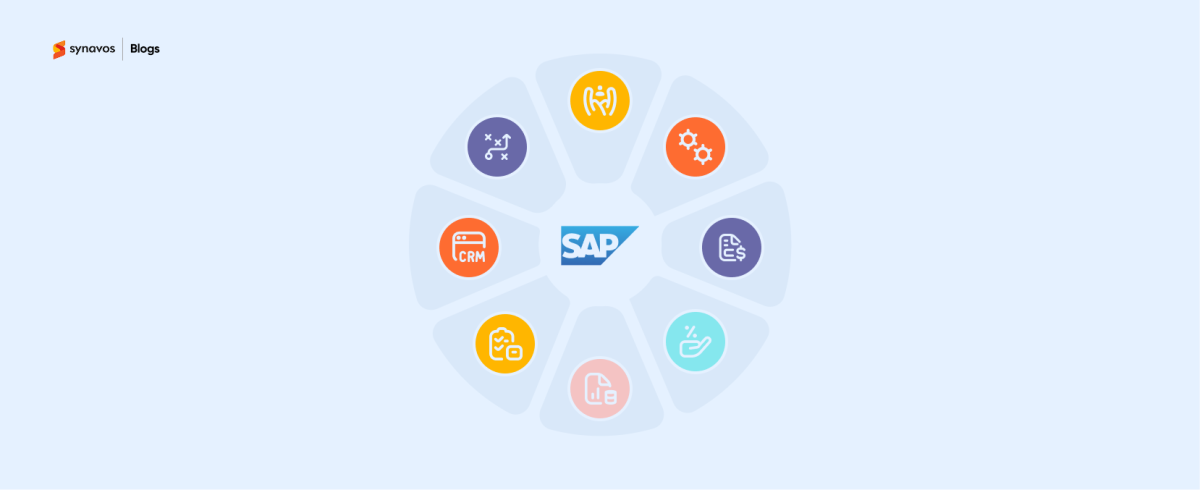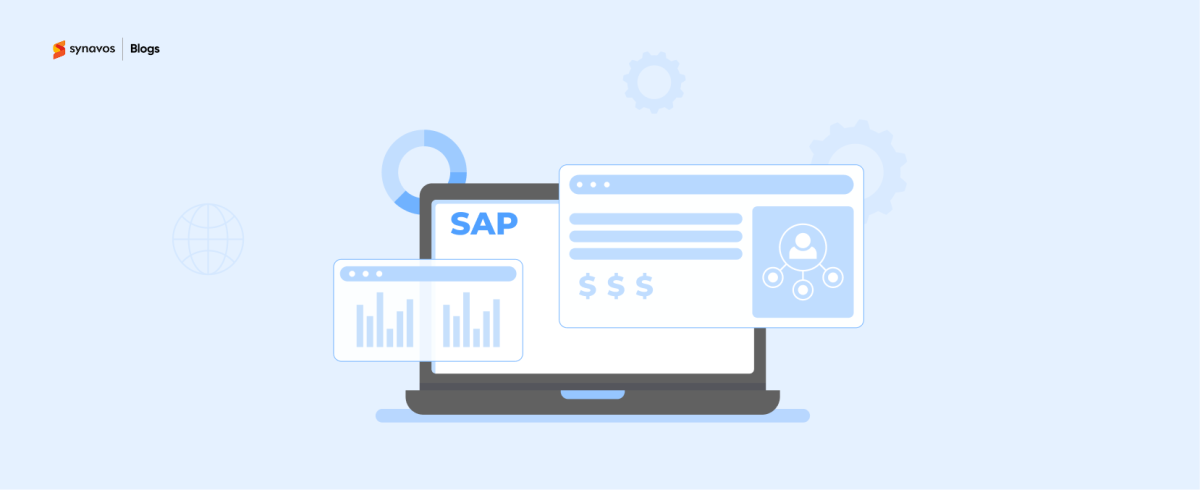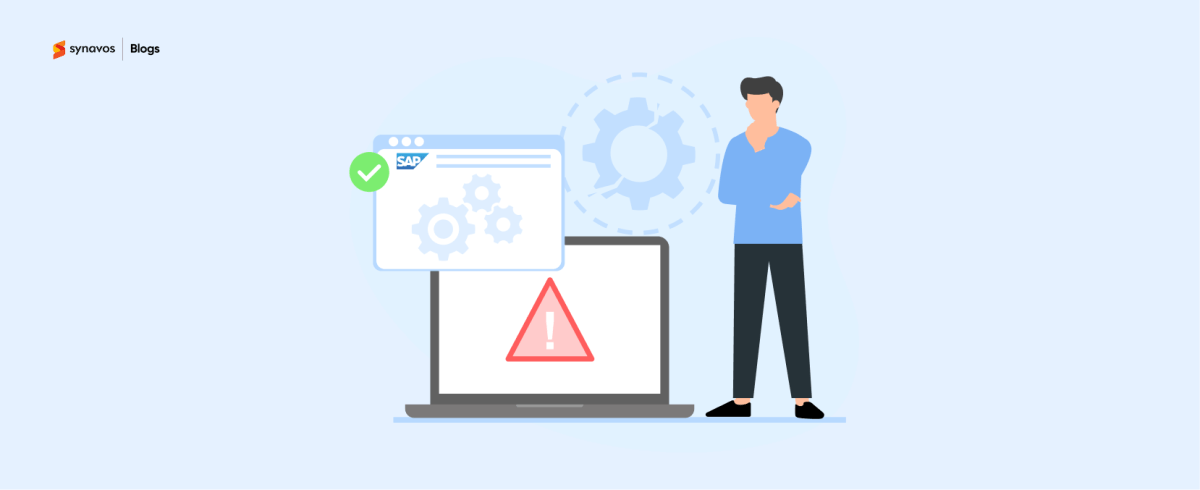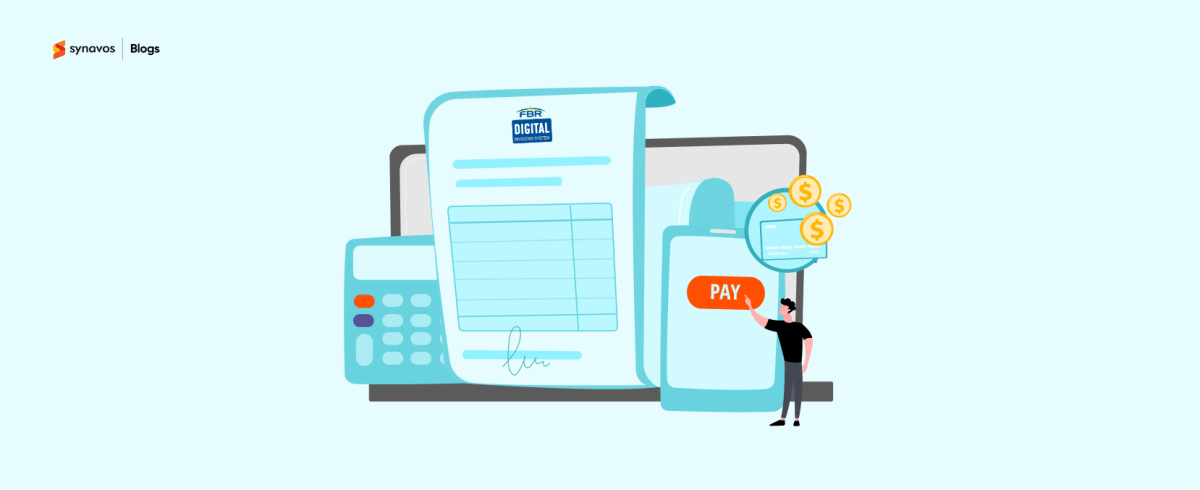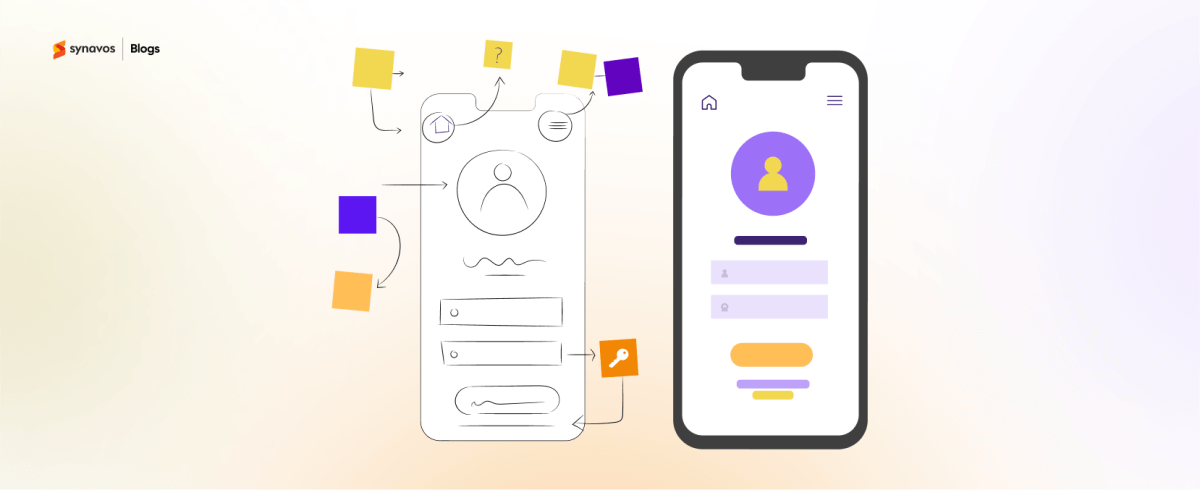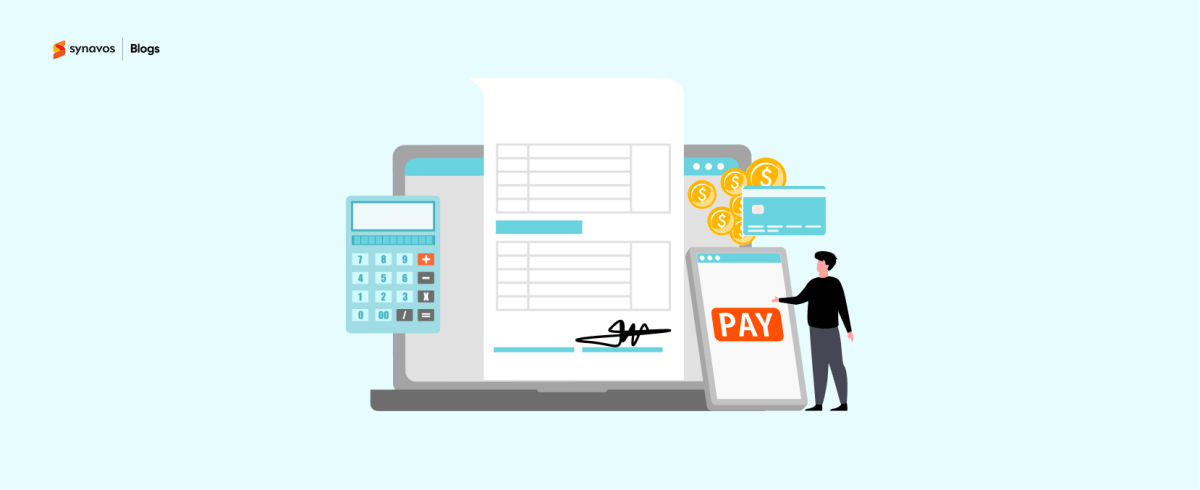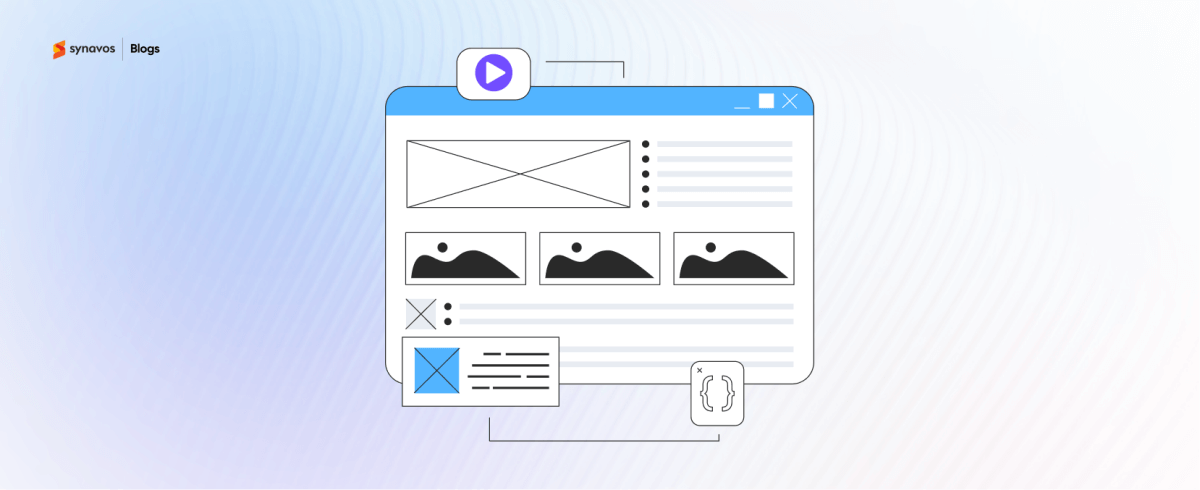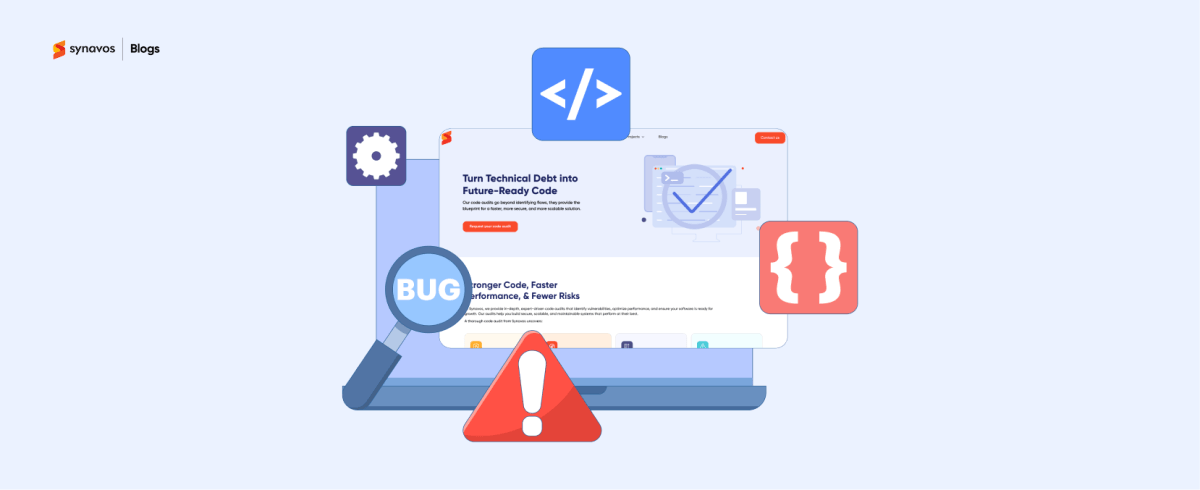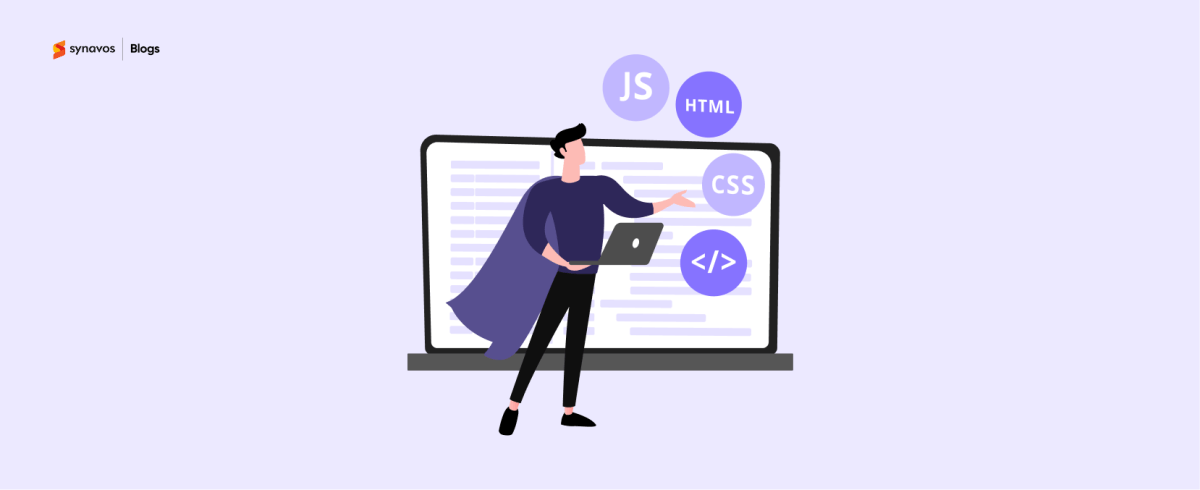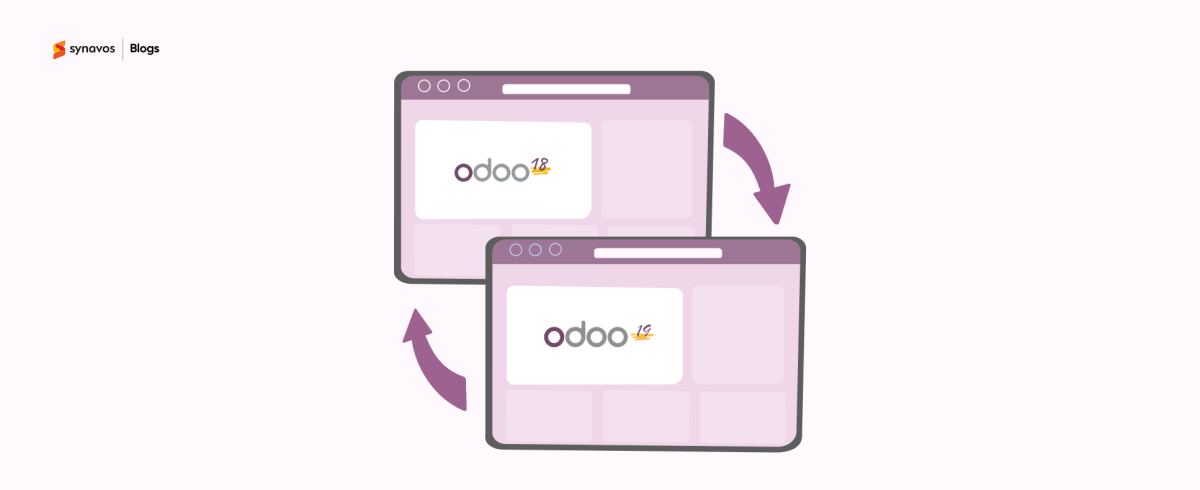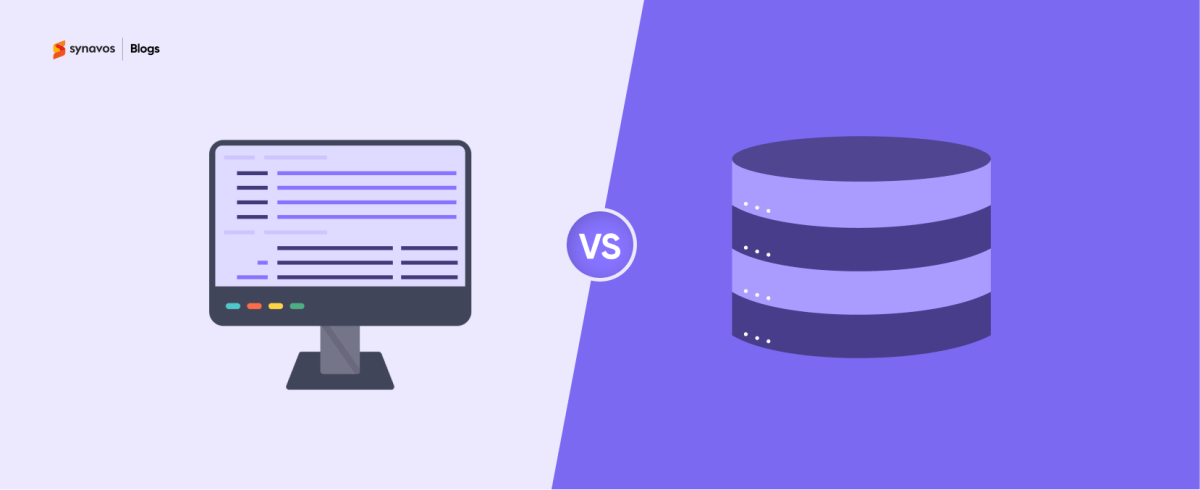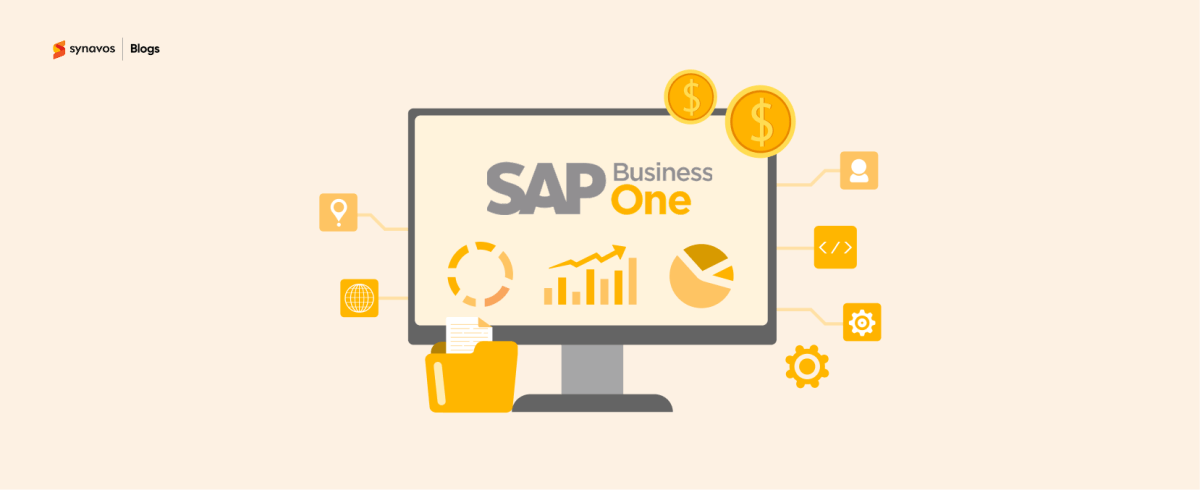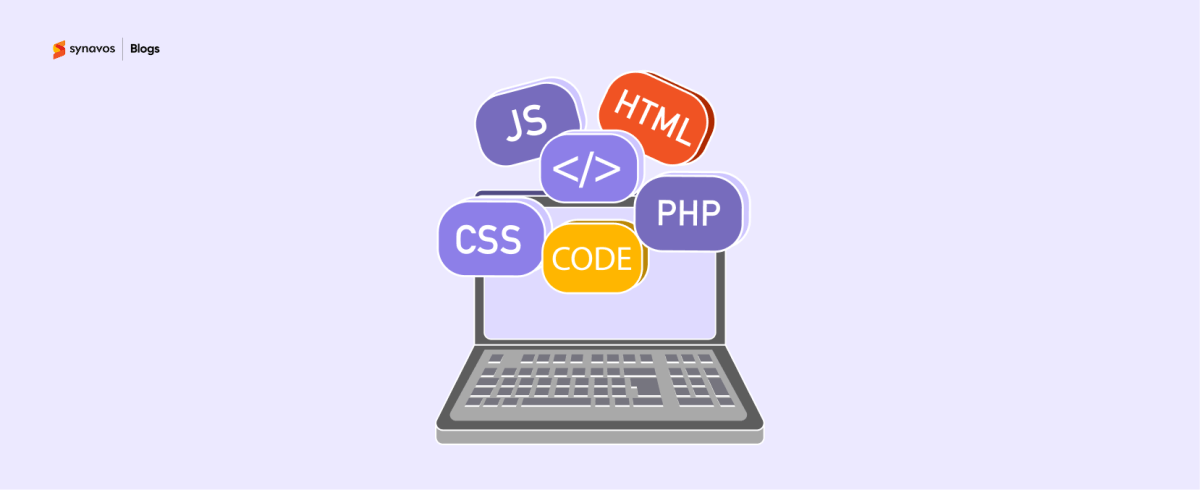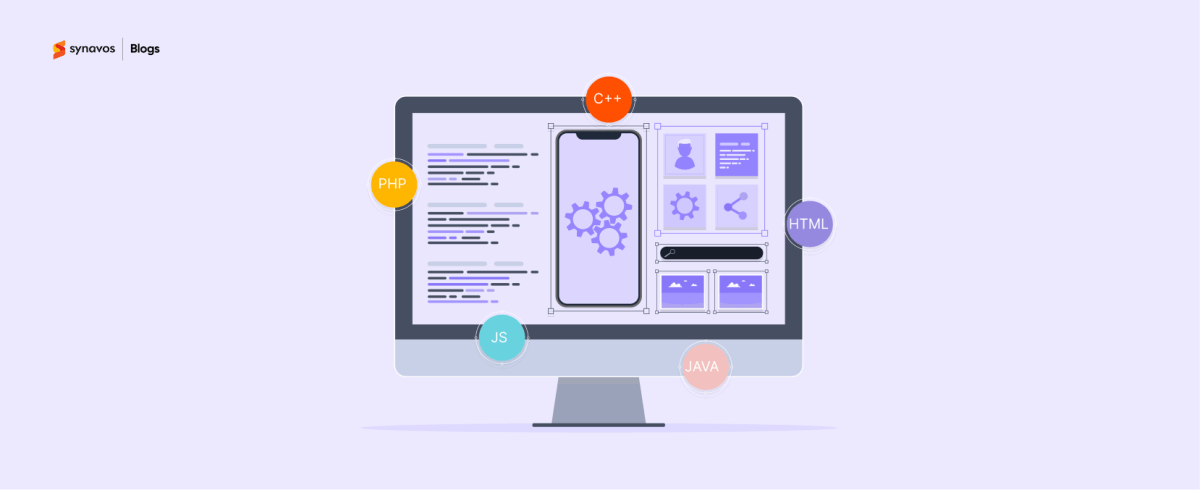Behind every successful digital product lies a solid foundation of well-written code. But even the best development teams can overlook issues that later create security gaps, performance problems, or maintenance headaches. That’s where a code audit comes in.
A code audit is a structured evaluation of your application’s source code to uncover vulnerabilities, inefficiencies, and areas for improvement. Think of it as a health check for your software that helps ensure your product is secure, scalable, and reliable.
In this blog, we’ll break down what a code audit really means, why it matters for businesses, the benefits it delivers, the process behind it, and the best practices you can follow to get the most value out of it. Let’s get started!
What is a Code Audit?
A code audit is a systematic examination of a software’s source code to assess its quality, security, and compliance with best practices. Unlike QA testing which checks how a system behaves, or penetration testing which targets external vulnerabilities, the code audit looks deep within the code to find hidden issues. It goes beyond routine code reviews to ensure your software's foundation is clean, robust, and free from inconsistencies that could affect its long-term performance, security, and compliance.
To better understand how a code audit differs from a code review and when to choose each, explore our blog "Code Review vs. Code Audit: What’s the Difference?"
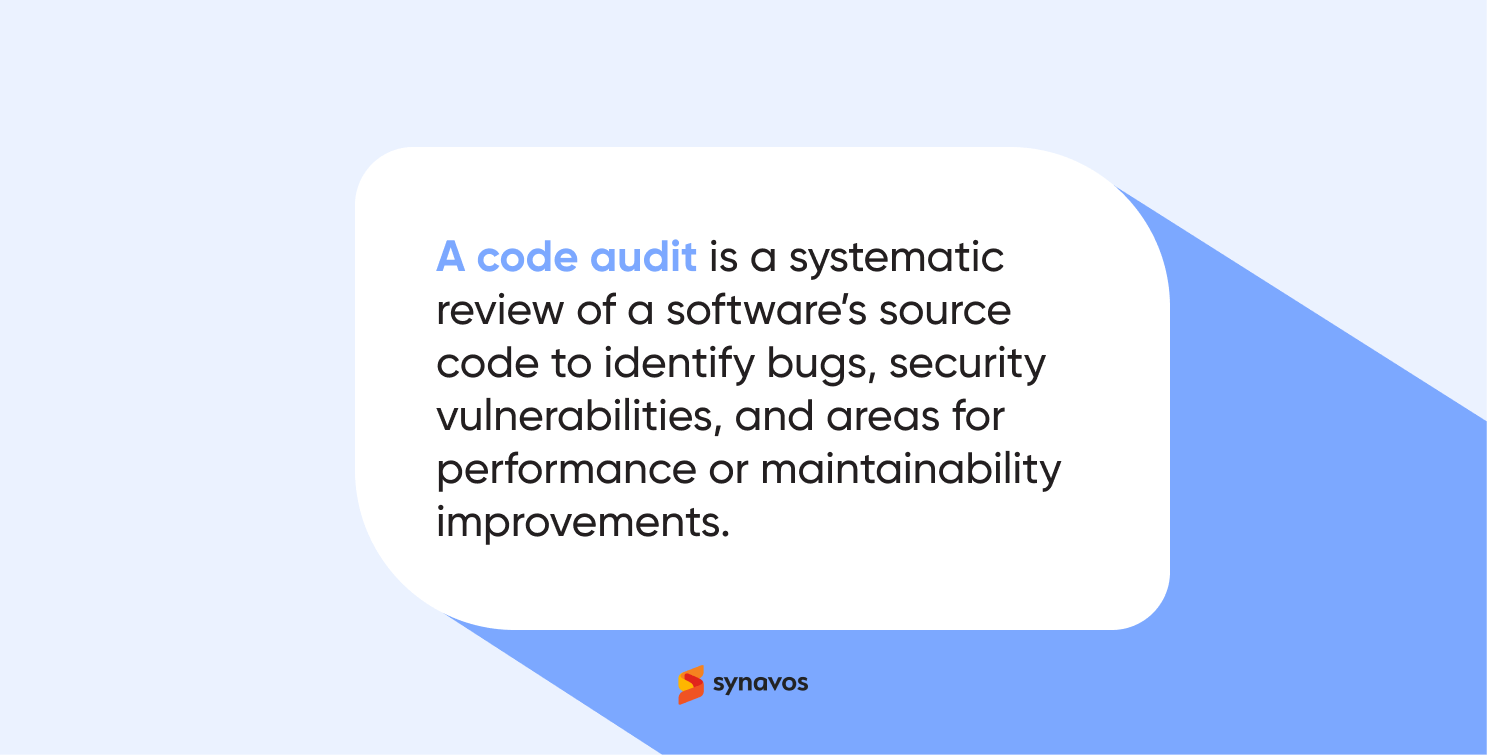
Businesses usually consider a code audit at key stages such as:
- Before launching a product to market
- When scaling an application to handle more users
- After acquiring software from another company or vendor
- To meet compliance and security requirements in regulated industries
By identifying hidden risks early, a code audit ensures that the software runs smoothly, remains secure, and is easier to maintain in the long run.
Key Benefits of a Code Audit
A code audit isn’t just about finding flaws in your application. It’s about creating a roadmap for improvement and setting your software up for long-term success. Here are the biggest advantages businesses gain from a thorough audit of their codebase:
1. Improved Security
Even well-written code can have hidden vulnerabilities. Hackers often exploit minor flaws that go unnoticed during development. A code audit uncovers these risks, from SQL injections and improper authentication to weak encryption practices. By addressing these issues early, you protect sensitive data, maintain customer trust, and prevent costly breaches that could damage your reputation.
2. Enhanced Performance
Slow or inefficient code can lead to frustrated users and increased server costs. During a code audit, experts evaluate algorithms, database queries, and system architecture. They identify bottlenecks, redundant processes, and resource-heavy functions. Optimizing these areas improves application speed, reduces load times, and ensures your software runs smoothly even as your user base grows.
3. Better Maintainability
Code that is difficult to read, inconsistent, or poorly documented becomes a challenge for developers to manage. A code audit highlights areas where complexity can be reduced, standards can be enforced, and documentation can be improved. This not only helps your current team but also ensures new developers can quickly understand and contribute to the project without introducing errors.
4. Regulatory Compliance
Many industries require applications to comply with legal or technical standards. Healthcare, finance, and e-commerce, for example, must meet strict rules around data handling and security. A code audit ensures your software aligns with these regulations, reducing the risk of fines or operational shutdowns while providing peace of mind to stakeholders and customers.
5. Cost Savings
Technical debt accumulates when small issues are ignored. Over time, these can become major problems, requiring significant resources to fix. By catching issues early, a code audit saves you from dealing with expensive last-minute fixes. This proactive approach saves money on future maintenance, support, and server costs.
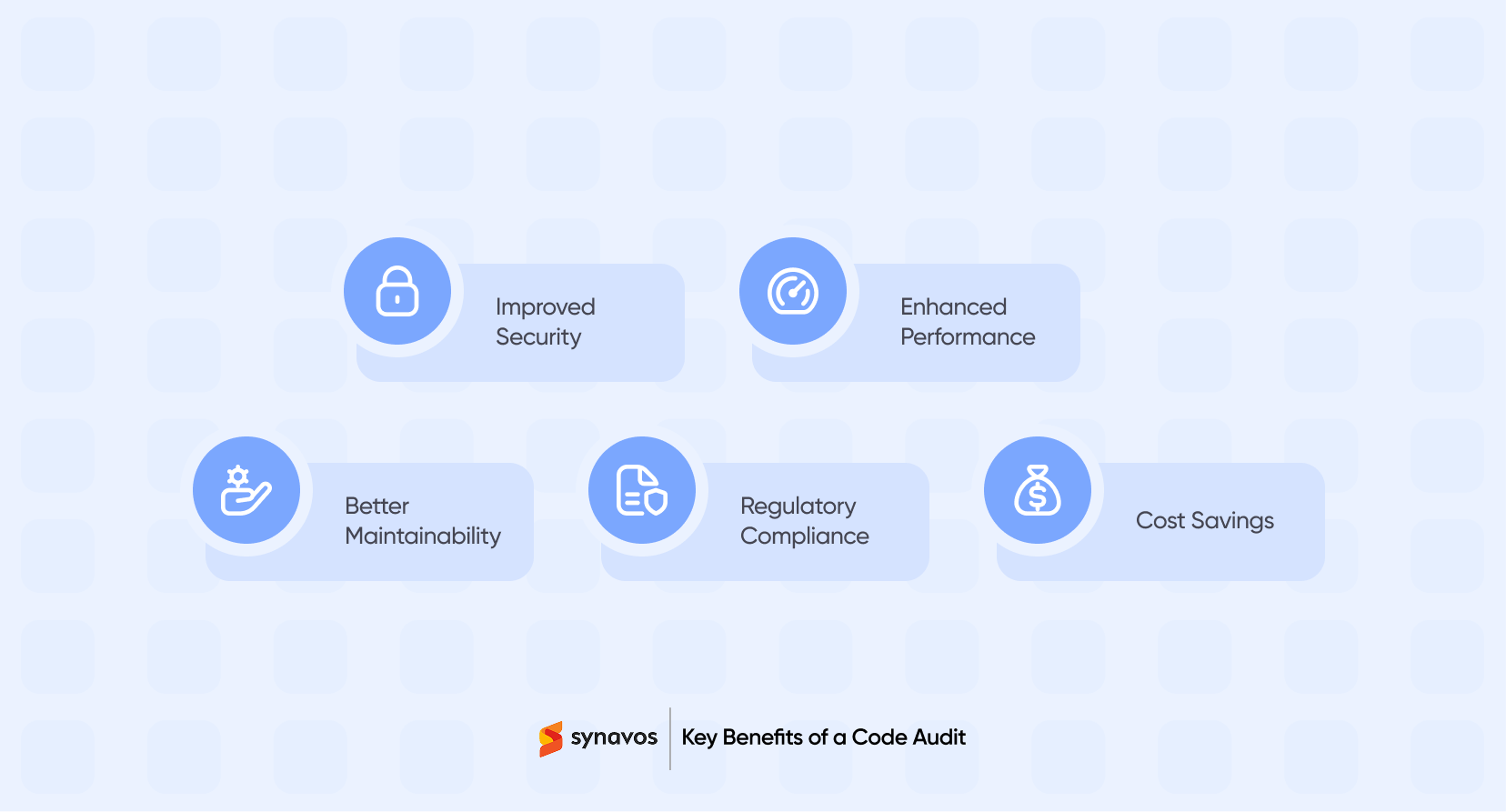
The Code Audit Process
A code audit may sound like a highly technical exercise, but its process is structured and easy to follow. Each stage is designed to uncover issues systematically and provide actionable insights for improvement. Here’s how a typical code audit unfolds.
For a detailed explanation of each stage, you can also read our blog “The Step-by-Step Process of a Professional Code Audit”, which walks through how every step helps improve software quality, security, and performance.
Stage 1: Preparation
Before the audit begins, auditors gather all necessary project details. This includes the source code, documentation, development guidelines, and information about the software architecture. Understanding the project’s goals, target audience, and compliance requirements helps auditors focus on critical areas. Clear communication at this stage ensures the audit is thorough and aligned with business objectives.
Stage 2: Automated Analysis
Automated tools play a crucial role in a code audit. Static code analysis, linters, and vulnerability scanners can quickly detect common errors, security flaws, and coding standard violations. Automated checks are efficient and can cover large codebases in a short time, providing a baseline for deeper manual review.
Stage 3: Manual Review
While automation is powerful, it cannot replace human expertise. Auditors manually examine the code to assess logic, architecture, and design patterns. They check for hidden bugs, security vulnerabilities, and maintainability issues that tools might miss. This stage often involves senior developers or security experts who bring practical experience to the review.
Stage 4: Reporting
Once the audit is complete, a detailed report is generated. This document highlights vulnerabilities, inefficiencies, and areas for improvement. It also includes risk assessments, recommended fixes, and prioritization to guide your team in addressing the most critical issues first. A clear and actionable report turns audit findings into a roadmap for improvement.
Stage 5: Remediation
The final stage involves implementing the recommended changes. Developers address the issues based on priority and ensure fixes align with the software’s goals. After remediation, it’s common to run a follow-up audit or testing cycle to confirm that problems have been resolved and no new issues have been introduced.
Stage 6: Continuous Monitoring
For long-term software health, a code audit shouldn’t be a one-time activity. Regular audits, combined with ongoing monitoring, help detect issues early and maintain security, performance, and maintainability as the software evolves.
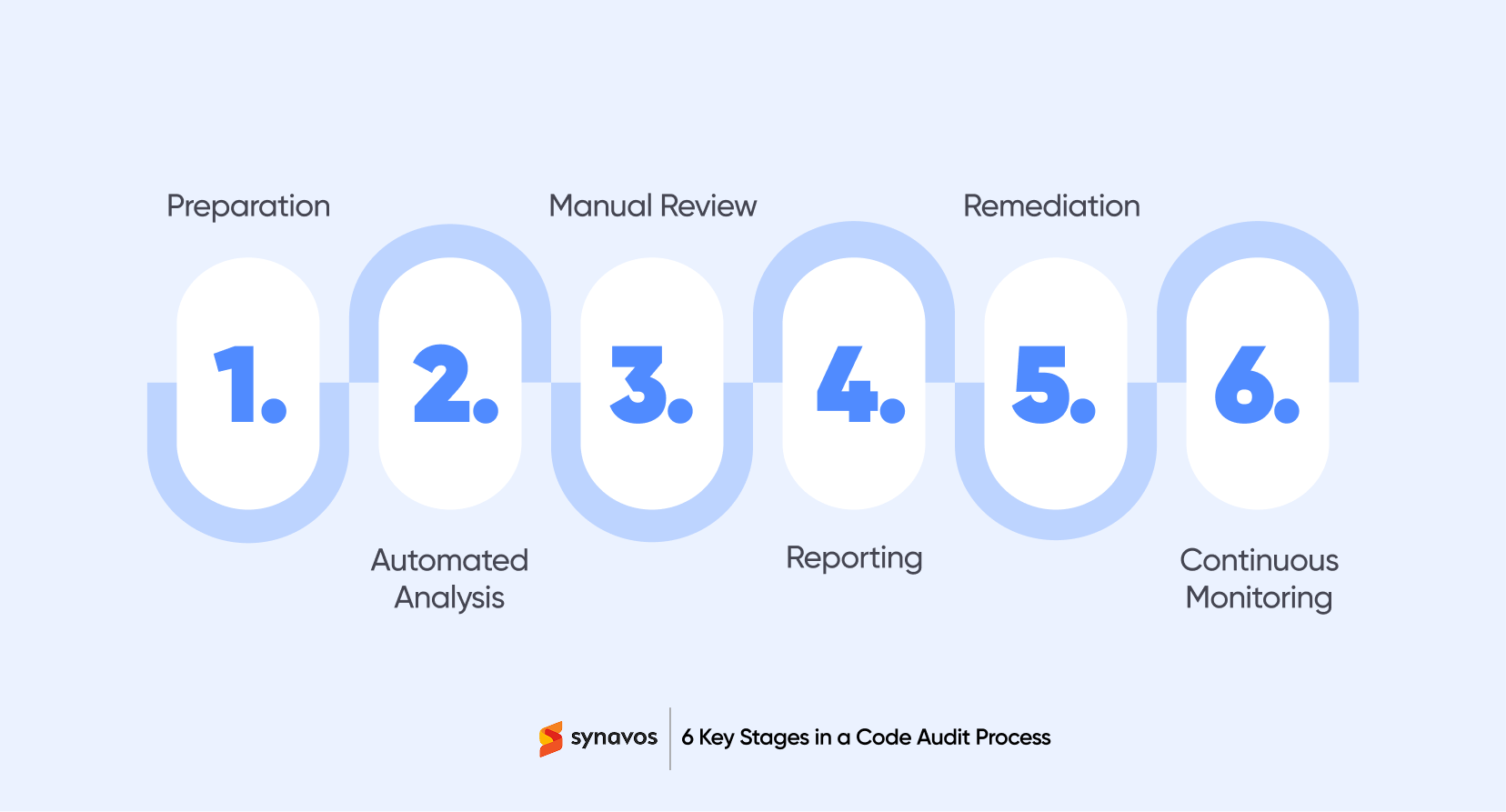
If you’re curious about what goes into the cost of a professional audit, our blog “How Much Does a Code Audit Cost and Why It’s Worth It” explains the factors behind pricing and why it’s a valuable investment for any business.
Best Practices for an Effective Code Audit
Conducting a code audit isn’t just about running tools and writing a report. To get the most value, businesses need to approach the process strategically. Here are some best practices that make code audits more effective and impactful:
1. Define Clear Goals
A code audit without a clear purpose is like exploring a city without a map. Decide upfront whether your focus is security, performance, maintainability, or regulatory compliance. Knowing the objectives helps auditors prioritize areas of concern and ensures the audit addresses the specific risks that matter most to your business. Clear goals also make it easier to measure success after the audit is complete.
2. Use a Combination of Automated Tools and Manual Review
Automated tools are excellent for quickly detecting common coding errors, vulnerabilities, and standard compliance issues. However, they cannot spot deeper architectural flaws, subtle logic errors, or inefficient design choices. Combining automated scanning with a manual review ensures both routine and complex issues are identified. Manual expertise adds the context and judgment that tools alone cannot provide.
3. Involve Both Internal and External Experts
Internal developers know the project intimately, but their familiarity can sometimes blind them to hidden issues. External auditors bring fresh eyes and an unbiased perspective, and this allows them to identify risks internal teams might miss. Bringing together both internal and external expertise balances deep understanding with impartial assessment, which results in a more thorough and credible audit.
4. Prioritize Issues Based on Risk
During an audit, it’s common to uncover dozens or even hundreds of issues. Trying to fix everything at once can overwhelm teams and delay delivery. Instead, issues should be categorized into severity levels:
- Critical: Vulnerabilities that could expose sensitive data or compromise system security.
- High: Problems that significantly impact performance, compliance, or stability.
- Medium/Low: Minor issues or improvements that can be addressed later.
This prioritization helps teams resolve the most urgent risks first while maintaining development momentum.
5. Schedule Audits Regularly
Software evolves constantly, and new features or updates can introduce unforeseen issues. Conducting code audits regularly—especially after major releases—helps catch problems early as well as prevent them from becoming costly and complex. Making code audits part of the development lifecycle ensures continuous improvement rather than a reactive, one-time check.
6. Document Findings and Track Remediation
An audit is only effective if its findings lead to action. Document every issue discovered, along with recommended fixes and their severity. Tracking remediation ensures that all critical problems are addressed and prevents recurring mistakes. Well-maintained documentation also serves as a reference for future audits and helps teams understand historical challenges and improvements.
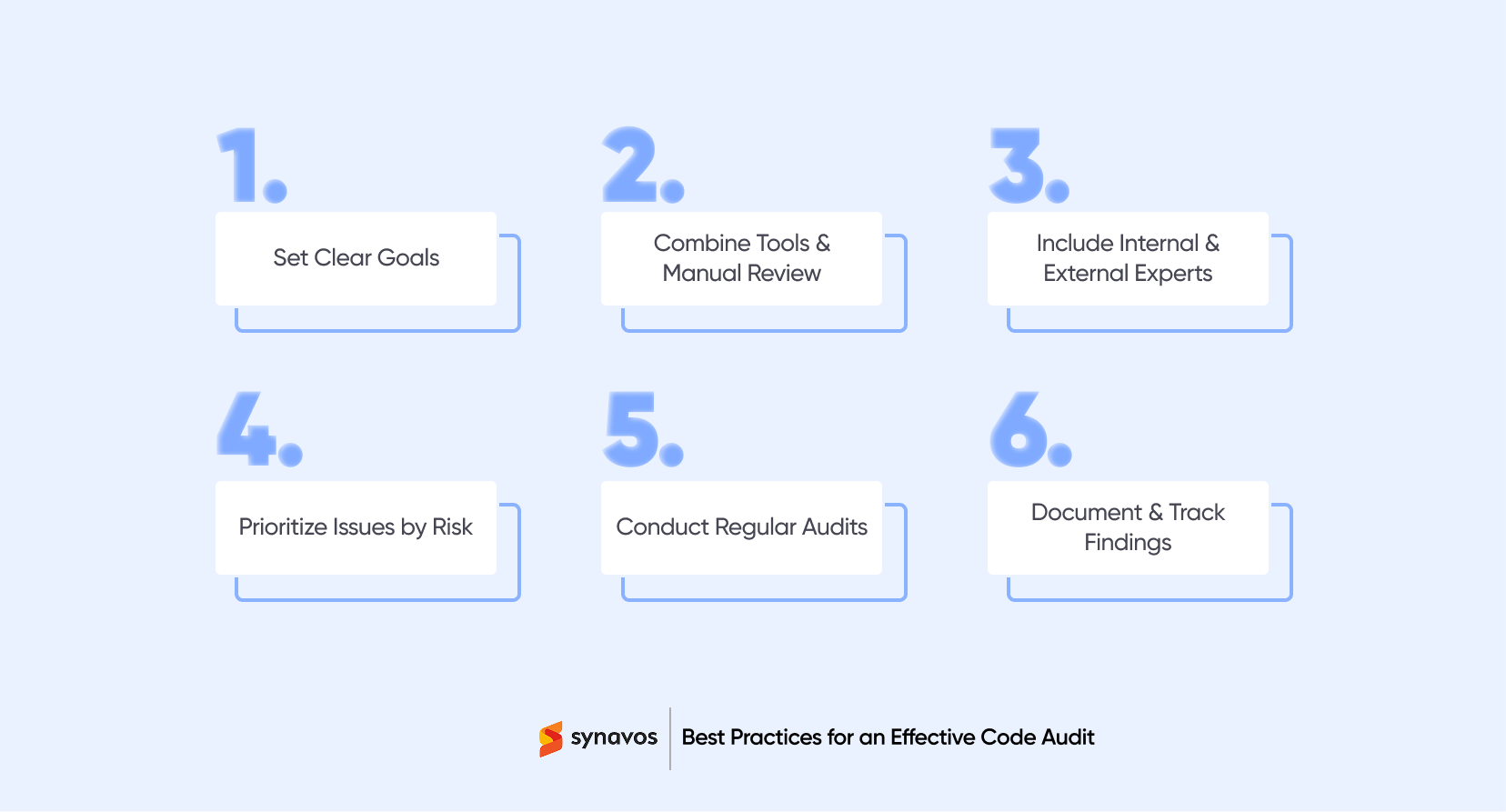
Conclusion
A thorough code audit is more than just a technical check; it’s an investment in the long-term health, security, and efficiency of your software. By identifying hidden vulnerabilities, optimizing performance, and ensuring maintainable code, audits help businesses avoid costly mistakes, meet compliance requirements, and gain confidence in their software. Regular audits turn a reactive approach to problems into a proactive strategy for building reliable, secure, and high-performing applications.
Partner with Synavos, the World-Leading Code Audit Experts
When it comes to expert code audits, Synavos stands out as a trusted partner. With years of experience auditing complex applications across industries, our team combines cutting-edge tools with hands-on expertise to uncover risks, optimize performance, and ensure your software is secure and scalable.
Contact us today to schedule a professional code audit and take the first step toward more reliable and high-performing applications!

